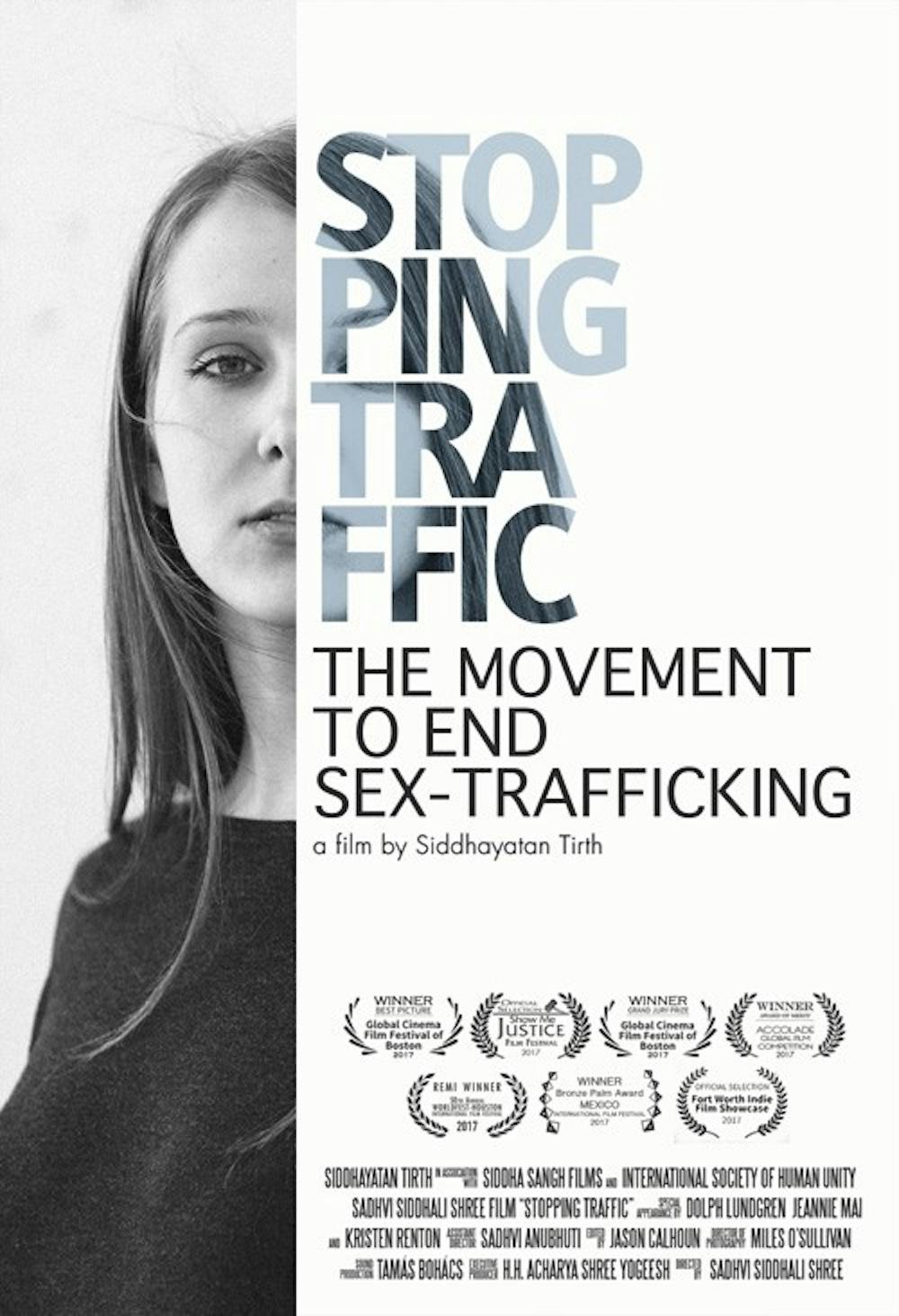With an important and sensitive issue like sex trafficking, finding the right environment to have a public conversation can be a challenge.This Wednesday night, Tapp’s Art Center, along with Fannie’s House, will be taking on that challenge for the third time with their final screening of the documentary, “Stopping Traffic.” With this documentary, which details human sex trafficking in the United States and the rest of the world, Tapp’s is ready to be a part of anything that helps people speak up for issues like this.
“We call ourselves ... a giant artistic laboratory for social engagement,” Tapp’s program director Shigeharu Kobayashi said. “In that way we like to partner and work with organizers in the community ... to display their artworks or have a performance or have a movie screening for an important cause.”
Tapp's showing of "Stopping Traffic" is a partnership with Fannie’s House, a Columbia based organization that works to end human trafficking as well as supply victims with necessary care. Tapp’s considers itself the perfect platform for Fannie’s House to get the message out to people.
“Any partnership we have with a community group is kind of an evolution ... Fannie’s House, we were originally talking with them about providing more of a different kind of longer arrangement ... the result is these three screenings,” Kobayashi said.
The different screenings are similar in that they include a screening of the film, food and a Q&A session after the film with Fannie’s House Executive Director Rashanda Autry Payne, but it’s the people who show up for each screening that make each night unique.
“Because the audience is different each time, the talk back session ends up being quite different depending on what sparks kind of the minds of the audience members,” Kobayashi said.
Creating a dialogue that helps make compromises and revolutions to the problems facing our society today is an important aspect of Tapp’s long term goals.
“The great value in art is to move the conversation forward on any topic ... and when these creations ... deal with an important social topic, we really should be looking at it, thinking critically about it,” Kobayashi said. "We can do it, obviously logically, and through public policy, but we can also do it through artistic expression."

